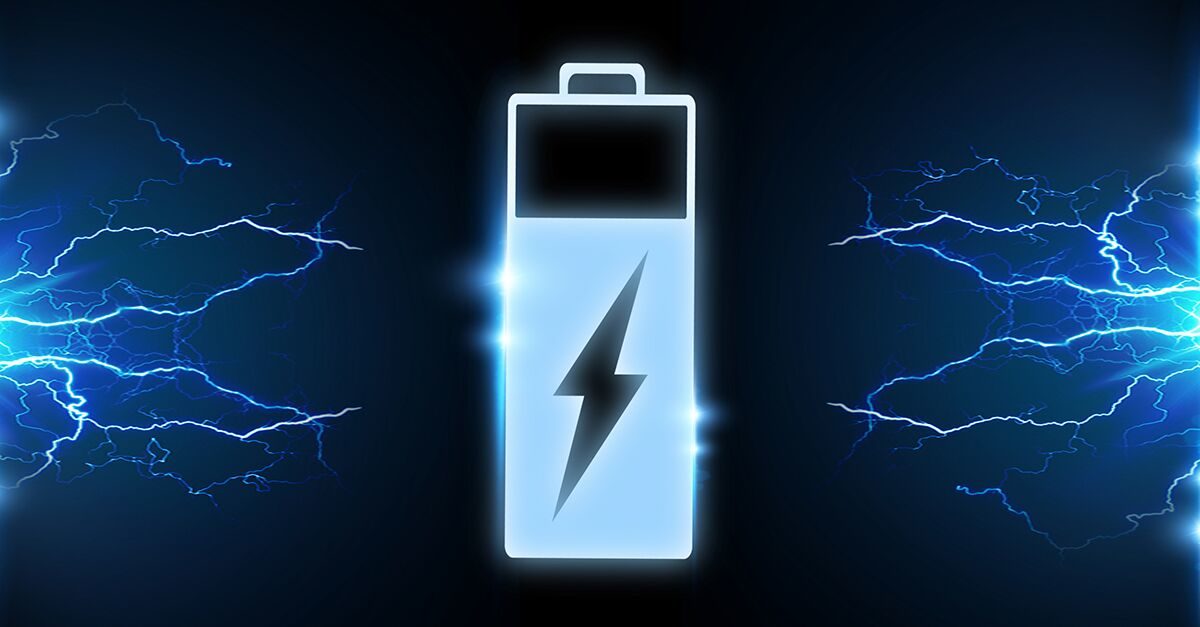Lithium-ion (Li-ion) battery technology first enabled the laptop market and soon thereafter, small, simple consumer electronics products. While electric vehicles with their large format batteries are driving the growth of today’s Li-ion industry, “traction” battery applications are converting to Li-ion at a rapid pace. These multicell batteries power everything from material handling, e-mobility, and light electric vehicles and also have medium current delivery and capacity in common.
Li-ion batteries can provide better run-time, higher efficiency, and lower total cost of ownership in industrial equipment and motive applications. In fact, early adopters of Li-ion technology within the commercial/industrial cleaning industry are experiencing a lower total cost of ownership in their products in addition to benefiting from the increase in energy density and cycle life compared to what they would receive from sealed lead acid (SLA) batteries. For manufacturers of industrial cleaning equipment, this transition has paved the way for the development of uniquely designed walk-behind scrubbers, burnishers, and cordless vacuums, which eliminate the need for power cords and provide more powerful portable options that last for hours without a single charge.
For large ride-on sweepers and scrubbers, the transition to large traction Li-ion battery systems has been at a much slower rate. While SLA is dominating the market, many, if not all, of the leading industrial cleaning companies are now accepting the need to have a Li-ion offering.
Battery Technology: Beyond the Charge
Li-ion batteries have a lifecycle of at least seven years, which can be an attractive investment for budget and equipment managers in the cleaning space. Additionally, there are features related to autonomous cleaning vehicles that allow for a single user to remotely monitor and operate multiple machines across larger work spaces while being able to understand the batteries’ state of charge and state of health.
With Li-ion technology, the need for intelligent battery management and built-in telematics are essential to help extend the cycle life and reduce the likelihood of failures; this is possible thanks to diagnostic and protection features. One such protection is cell balancing to maintain cell voltage equilibrium across all series cell connections to allow for consistent charging and maintenance of the Li-ion chemistry.
Return on Investment
When it comes to converting to Li-ion technology, there are a couple essential points that one must consider and discuss to make sure the investment is worth the return.
- Communication: The very first item is whether to include or exclude communication to the battery pack. Many industrial cleaning companies request a drop-in SLA replacement. What does this mean? It means that there are two terminal posts for the positive and negative electrodes and nothing more in terms of communication aside from the single LED for fault indication. There are numerous off-the-shelf options for this, and when considering use within a product that only requires one battery, then this isn’t necessarily a major concern. When expanding the capacity by connecting batteries in parallel, the lack of communication puts the onus on the battery manufacturer to include protection for parallel connectivity. With communication, certain companies control the distribution of energy at the system level or allow the battery packs to communicate with each other to minimize large in-rush spikes, particularly upon the very first installation into the machine.
- Scalability: The second essential point to consider is power and energy density for maximizing cleaning performance. Li-ion offers a higher level of efficiency than SLA and can support faster charging (for example, during lunch breaks) to drastically improve jobsite efficiency and productivity for the 2nd work shift. The 18650 and 26650 cylindrical cell package sizes are the most commonly used within SLA replacements, and for the industrial cleaning market, a mid-rate cylindrical cell that offers a compromise of rate and capacity is most suitable. Use of Li-ion standard cell sizes also offer greater ability to scale from single battery pack applications to larger multipack and multiplacement configurations.
- Pricing trends: Th e cost of Li-ion batteries is reducing, which is pushing the calculations for total cost of ownership to favor Li-ion technology. While this article did not dive into the total-cost-of-ownership diff erential among battery types, it’s worth mentioning. During the next several years, the price of Li-ion batteries will continue to drop and the adoption within the industrial cleaning segment will continue to increase.
Educate Before Purchasing
Buyers are taking greater care when selecting a battery replacement to ensure the necessary protections, monitoring, communication, and flexibility are present for use against their broader product portfolio. Making use of standard packages and increasing one’s awareness of the internal battery architecture will help to ensure a successful transition.


